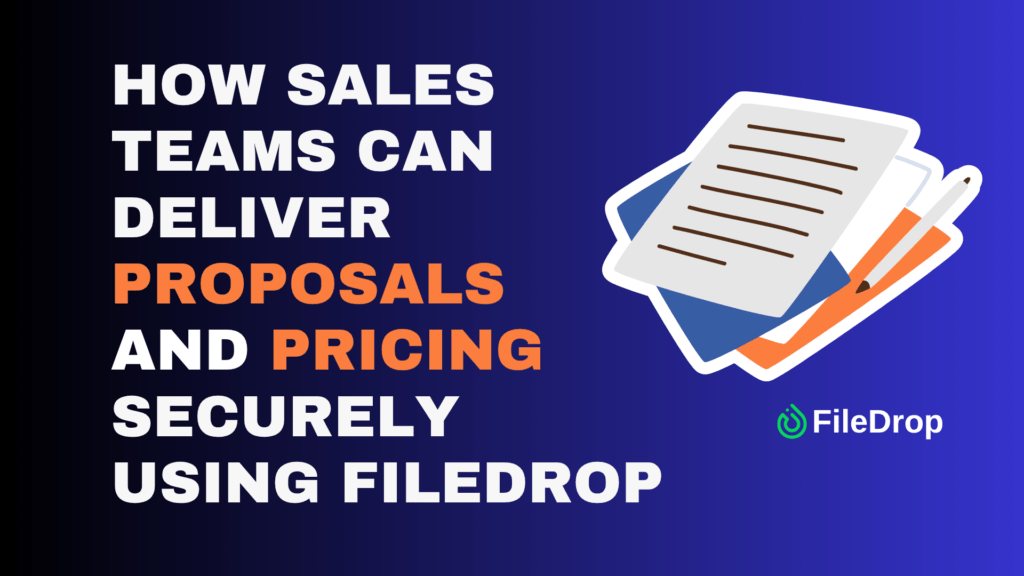Are you looking to keep track of course enrollments effortlessly? Using data validation, Google Sheets is a powerful tool to help you do that. This ensures that only the right data enters your spreadsheet, making it easier to manage and analyze later.
Why Is It Important to Have a Course Enrollment Tracker?
A course enrollment tracker helps keep student registrations organized and easy to manage. It gives a clear view of who has signed up for each course, their enrollment status, payment details, and any important notes. It makes it easier to manage class sizes and plan resources.
With everything in one place, educators and staff can avoid overbooking, understand which courses are in high demand, and plan better for the future. Plus, it reduces mistakes and saves time, ensuring the educational program runs smoothly and efficiently.
Step 1: Set Up Your Google Sheet
Open a new Google Sheets spreadsheet and label the columns for the data you want to track. For a simple course enrollment tracker, you can use:
- Student Name
- Email Address
- Course Name
- Enrollment Date
- Course Status (e.g., “Enrolled,” “Completed”)
- Fees
- Payment Status (e.g., “Paid,” “Pending”)

Step 2: Create a List of Courses
Create a list of all the courses offered in another sheet. This will be useful when applying data validation to the Course Name column. To do this, click the “+” icon at the bottom part of your spreadsheet and rename your new sheet. In this example, I’ll use “Offered Courses.”

Then, add sections, such as Offered Courses and Fees, so you and the students can easily get the information, such as Course Names and Fees.

Step 3: Apply Data Validation for Course Selection and Status
To prevent errors when entering course names, use data validation to create a dropdown list for the Course Name column.
Select the cells in the Course Name column. Click on Data from the menu, then choose Data Validation. In the Criteria section, choose Dropdown. Then, highlight the range where your courses are listed. Click Save.

Now, whenever you enter a student’s course, you’ll have a dropdown list to choose from.
You can do the same step for the Course Status column. This will ensure that you’re using consistent terms like “Enrolled,” “Completed,” or “Dropped.”

Step 4: Track Payment Status with Another Dropdown
You can also track payment information using data validation for the Payment Status column. Select the cells in the Payment Status column. Go to Data, then Data Validation.
In the Criteria section, choose Dropdown and type “Paid, Pending” (or any other relevant status). Click Save. This dropdown will help you easily mark whether a student has paid or still owes for the course.

Step 5: Format Enrollment Dates
To keep things organized, make sure the Enrollment Date column is formatted as a date. Select the cells in the Enrollment Date column. Choose Format > Number, select Date, and choose your preferred date format. This will ensure all dates are entered uniformly.

Step 6: Adding Conditions for Fees
Maybe you have a set fee for each course. You can apply data validation to the ‘Fees’ column to only allow numbers within a certain range. Again, go to Data > Data validation, select “Is Between,” set the range from $50 to $200 and click “Save.”

Once everything is set up and double-checked, save your Google Sheet. You can share it with colleagues or students by clicking the ‘Share’ button, entering their email addresses, or generating a shareable link.

Get the Free Course Enrollment Tracker
Get a copy of the free Course Enrollment Tracker. I’ve already populated some cells as example, but you can customize them as needed.
Final Thoughts
With these simple steps, you’ve built a functional and efficient course enrollment tracker in Google Sheets. Using data validation ensures consistent data entry, which helps keep your records clean and organized. Happy tracking!
Frequently Asked Questions
Can I automate any repetitive tasks in my tracker using Google Sheets?
Yes, you can use Google Sheets Macros to record and automate repetitive tasks like sorting or updating status. You can find the macro option under Extensions > Macros > Record Macro, which allows you to save time on repeated actions.
Can I create charts from my course enrollment data in Google Sheets?
Yes, Google Sheets allows you to create visual representations of your data. To create a chart, select the data range you want to include. Go to Insert > Chart. Choose the type of chart you want, like a bar chart or pie chart, to visualize enrollment trends, course popularity, or payment status.
How does using data validation prevent duplicate entries of course names?
You can implement data validation and use the “Reject Duplicates” rule to ensure that no two courses have the same name in your tracker. This helps maintain unique identifiers for each course offering.
The Bottom Line:
One keeps you awake. The other gets work done.
A month of coffee: $150
A month of FileDrop: $19
Why not have both?

